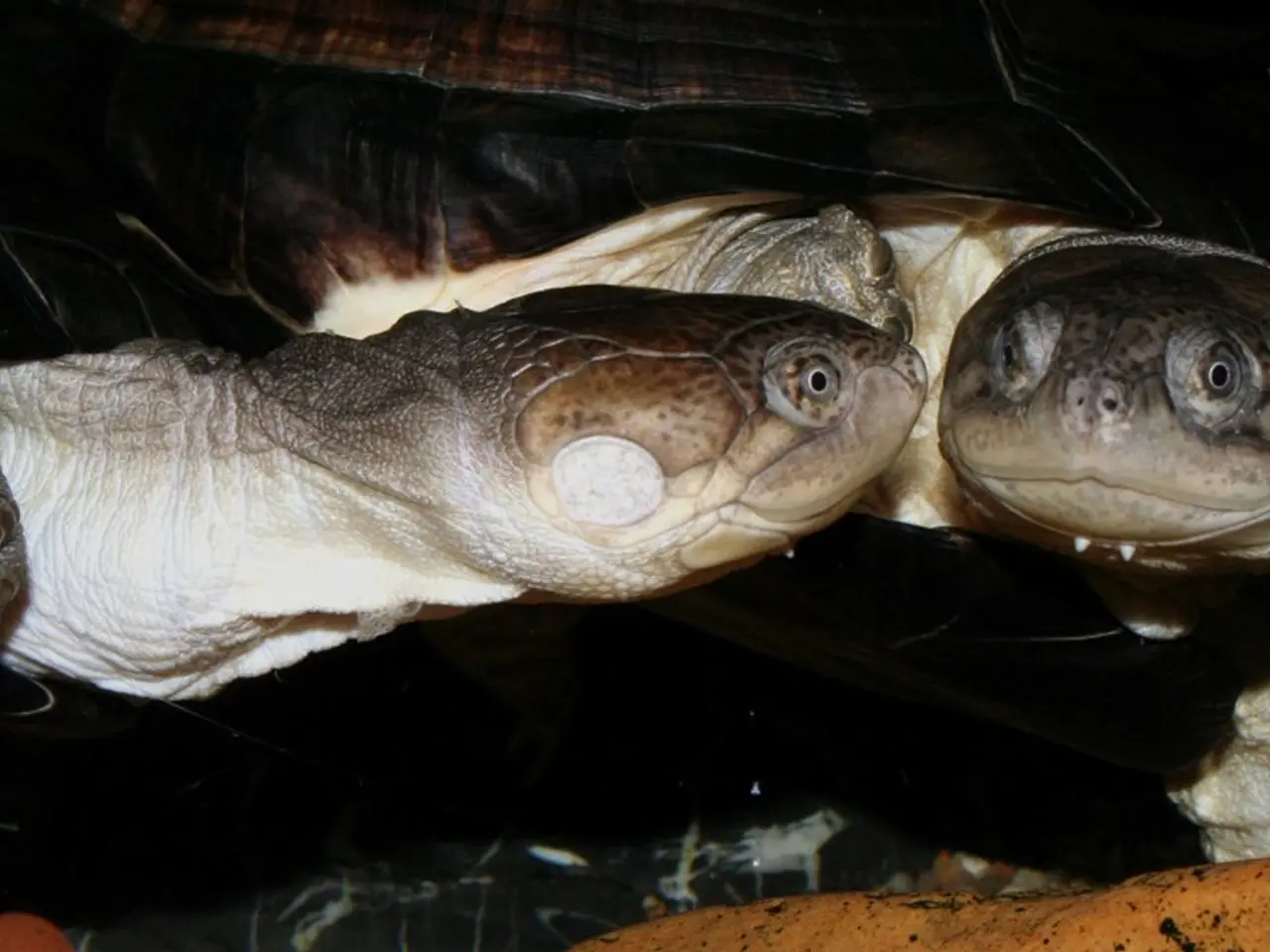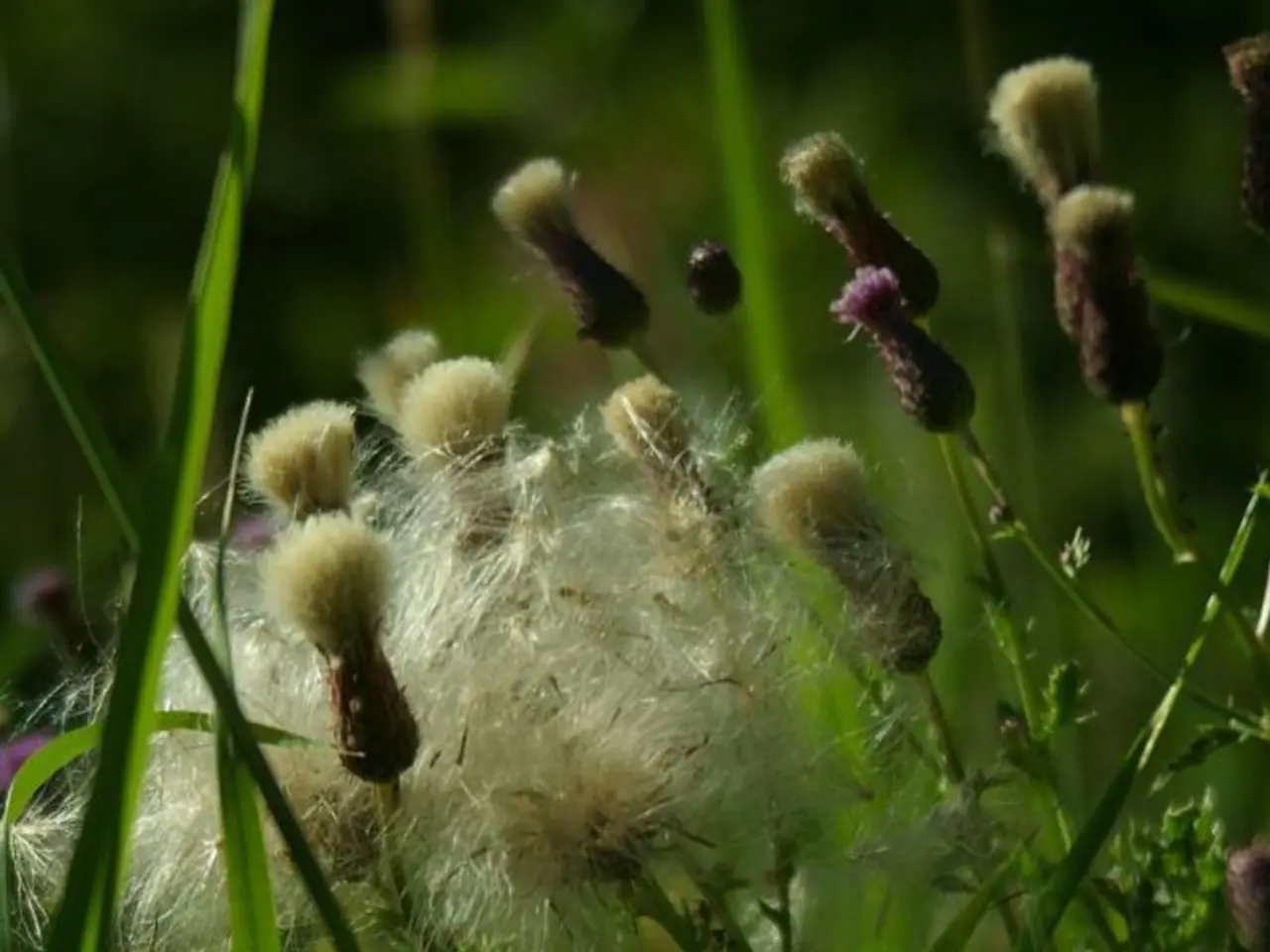Australian Egg-Laying Mammals with Spines: key details about echidnas
Echidnas, native to Australia, Tasmania, and New Guinea, are fascinating creatures that stand out from other mammals due to their unique reproductive habits and physical characteristics. These animals belong to the group of mammals known as monotremes, which includes the platypus and four species of echidnas[1][2][3].
One of the most intriguing aspects of echidnas is their reproductive strategy. Unlike most mammals, echidnas lay eggs. After the female lays the egg, it is incubated for a short period, and upon hatching, the young echidna (known as a puggle) is nurtured by the mother who feeds it with milk, despite monotremes not having nipples but instead secreting milk through specialized mammary glands[1][2].
Echidnas are well-adapted to their environment, using their short legs, big claws, and long snouts to root for insects and dig hiding spots from predators. They can grow up to 20 inches (52 centimeters) in length and weigh up to 13 pounds (6 kilograms)[1].
Interestingly, echidna spines are not sharp quills but rather super large, tough strands of hair. When threatened, echidnas roll into a ball, exposing only their spiky back[1]. This defensive mechanism is effective against most predators.
Echidnas live for about 30 to 40 years in the wild and up to 50 years in captivity[1]. During the mating season, multiple males form a "train" behind one female echidna until she chooses a mate[1].
There are four species of echidna alive today: one species of short-beaked echidna and three species of long-beaked echidnas[1]. Echidnas are remarkable creatures, living in a world of their own, with unique adaptations that have allowed them to thrive in the diverse landscapes of their native habitats.
[1] Australian Museum. (n.d.). Echidna. Retrieved from https://australian.museum/learn/animals/mammals/echidna/ [2] Smithsonian's National Zoo & Conservation Biology Institute. (n.d.). Echidna. Retrieved from https://nationalzoo.si.edu/animals/echidna [3] San Diego Zoo. (n.d.). Echidna. Retrieved from https://zoo.sandiegozoo.org/animals/echidna [4] CSIRO. (n.d.). Monotremes. Retrieved from https://www.csiro.au/en/Research/IFR/Our-science/Animals-and-Plants/Monotremes [5] National Geographic. (n.d.). Monotremes. Retrieved from https://www.nationalgeographic.com/animals/mammals/group/monotreme/
In their native habitats, echidnas reside in various lifestyles, likely finding comfort in home-and-garden environments that are suitable for their burrowing activities. The unique physical characteristics of echidnas, such as their long snouts and super-tough spines, aid them in adapting to these environments effectively.




